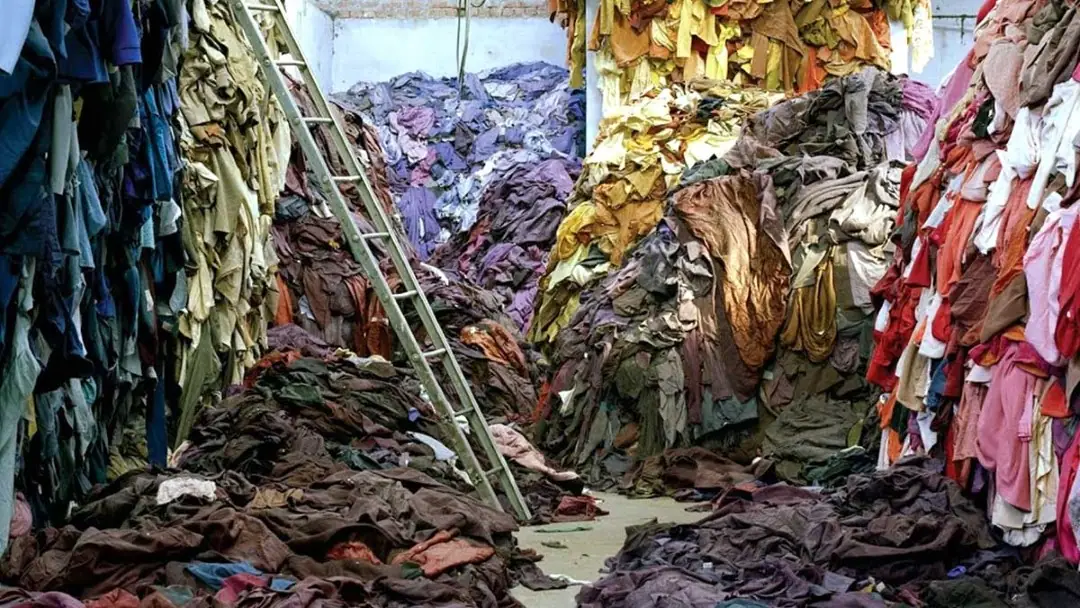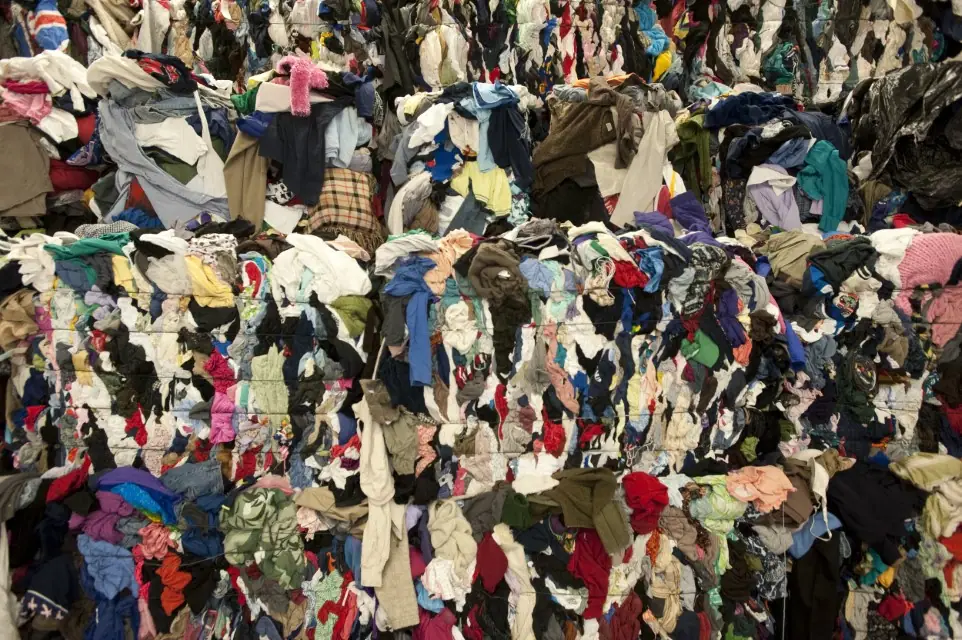Fast fashion provides cheap, readily available clothes. Despite the appeal of low prices and accessibility, the fast fashion industry negatively impacts the environment, exploits workers, and leads to excess waste.
The fast fashion industry encourages overconsumption. With new inventory constantly hitting shelves, the temptation arises to buy more clothes than needed. This overconsumption uses up limited resources and creates waste when the inexpensive clothes wear out quickly. Landfills now overflow with fast fashion items that have a short lifespan.
Behind the Scenes of Fast Fashion Manufacturing
Fast fashion retailers can only provide ultra-low prices by cutting corners in the manufacturing process. Most fast fashion clothes are produced in factories with poor working conditions. Workers making as little as a few cents per hour often face long hours, unpaid overtime, and unsafe environments.
The pressure to produce clothing as cheaply and quickly as possible also leads factories to skip essential steps to reduce pollution. The chemicals used for dyes and treatments get dumped directly into rivers instead of treated responsibly.

The True Environmental Impact
Beyond worker exploitation and waste, fast fashion also heavily taxes the environment through its water usage, carbon emissions from shipping, and use of plastics. The fashion industry accounts for up to 10% of global greenhouse gas emissions.
Cheap synthetic fabrics like polyester are commonly used in fast fashion. When washed, polyester and other synthetic materials release plastic microfibers into the water supply. These microplastics make their way into rivers and oceans, contributing to plastic pollution problems.
Are Sustainable Alternatives Available?
Fortunately, environmentally-conscious consumers can find ethically-made clothing from brands focused on sustainability. Responsible brands address issues at each step of the supply chain, using eco-friendly materials, safe factories, and efficient shipping methods. Prices may be higher than fast fashion’s rock-bottom prices, but the improved quality means the items last in your closet for years instead of ending up in a landfill after a couple of wears.
Buying fewer, high-quality staples can also help reduce fashion’s footprint. Focus on pieces made of durable natural fabrics, and make use of clothing rental services for occasional wardrobe updates. Supporting sustainable fashion helps spur positive industry change.

